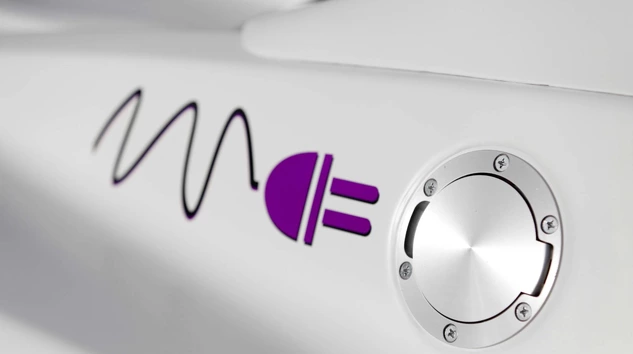
Lightweighting for the road
Performance foam COMPOSITES FOR AUTOMOTIVE
Lightweight design is increasingly important to the automobile industry and new requirements have sparked an interest in the weight saving potential of composites. With ROHACELL® and ROHACRYLTM foam core products, innovative composite designs can become lightweight realities and you can take advantage of the newest and most efficient production processes.
COMPOSITE DESIGNS FOR PREMIUM, SPORT, ELECTRIC and SPECIAL EDITION CARS



Apart from energy-conscious driving and power train improvements, weight reduction in vehicles is the preferred method for saving fuel and reducing CO2 output. While the weight-reduction potential of conventional metal structures is approximately 10%, sandwiched composite structures made of ROHACELL® and CFRP can save 50% and more of weight in the outer skin. This is of particular interest for future urban vehicles or electrical cars, in which reduced weight will significantly contribute to downsizing the power train and improving range. Super sports vehicles and Formula 1 cars already use Boliden sandwich structures with ROHACELL® for further gains in acceleration and handling because of lower weight.
Structural automotive parts like monocoques have to withstand many dynamic loads over their lifetime. It is
reassuring to know that ROHACELL® is able to withstand millions of load cycles with a high level of residual
strength. This minimizes the needed safety margins in design and reduces weight and material cost.
With Electric Vehicles (EV), every single Watt is critical to the system and temperature regulation can be a challenge. Body panels or monocoques made with ROHACELL® not only provide structural support, but with a thermal conductivity of approx. 0.03 W/mK-1, the foam is also an efficient vehicle insulator.
ROHACELL® is free of FCKW, meets the heavy metal requirements of the End of Life Vehicles Directive 2000/53/EC and is listed in the IMDS.
Don’t worry about the “BANG”!
ROHACELL® offers high, recurrent energy absorption that remains almost constant over a wide range of temperatures. This benefit, combined with its homogenous structure, makes it ideally suited for simulations that parallel practical evaluations very closely. Simulation values for the crash behavior of ROHACELL® are available upon request.


